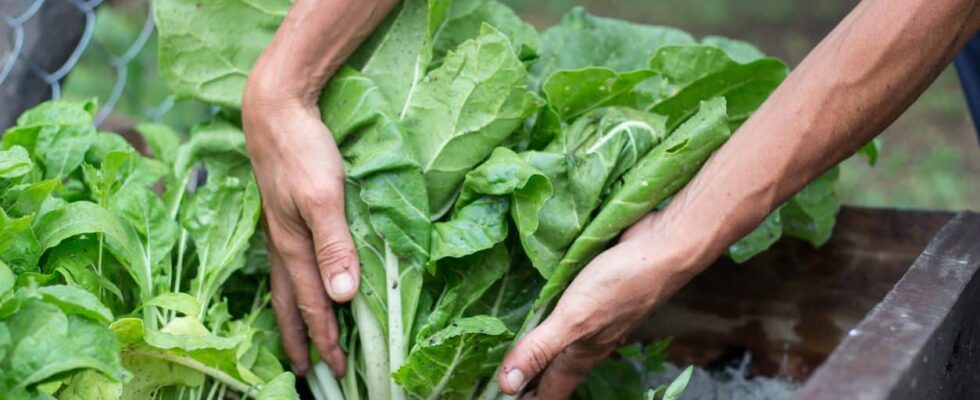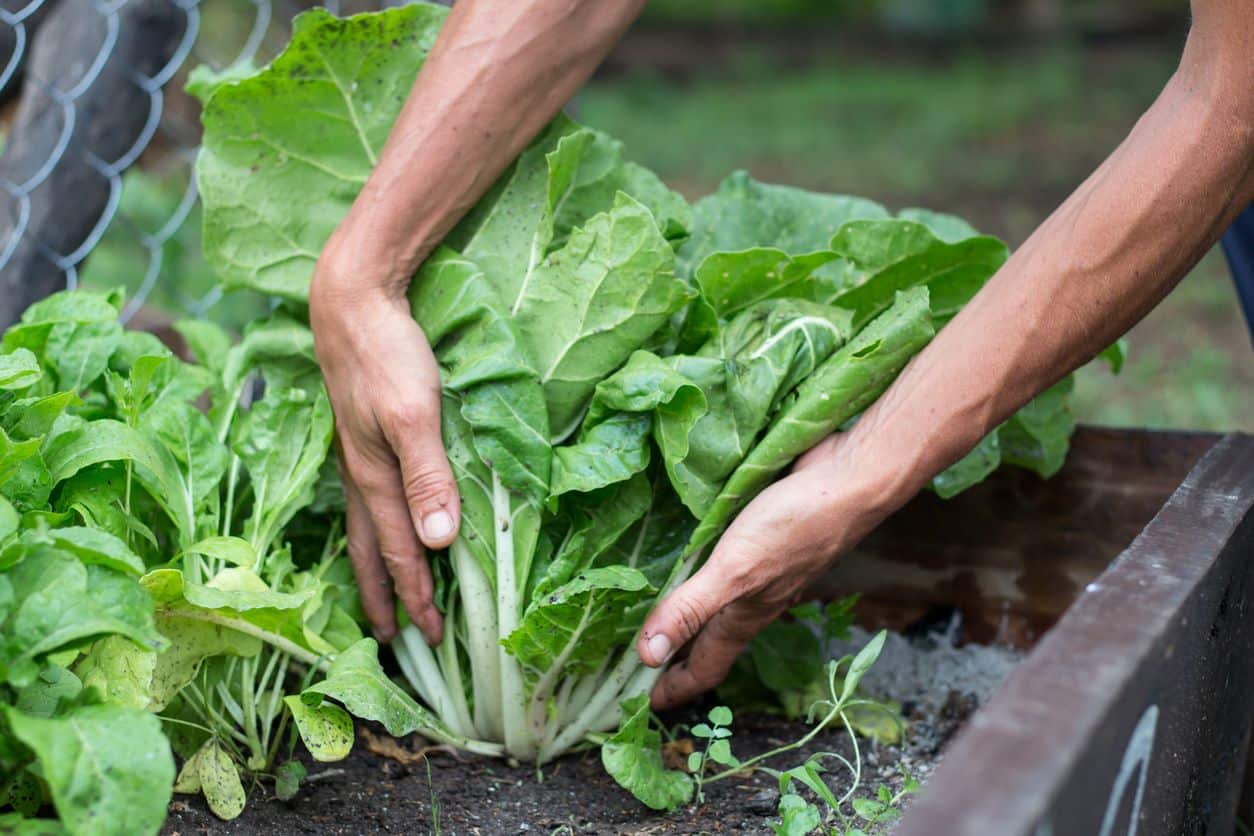
Asparagus
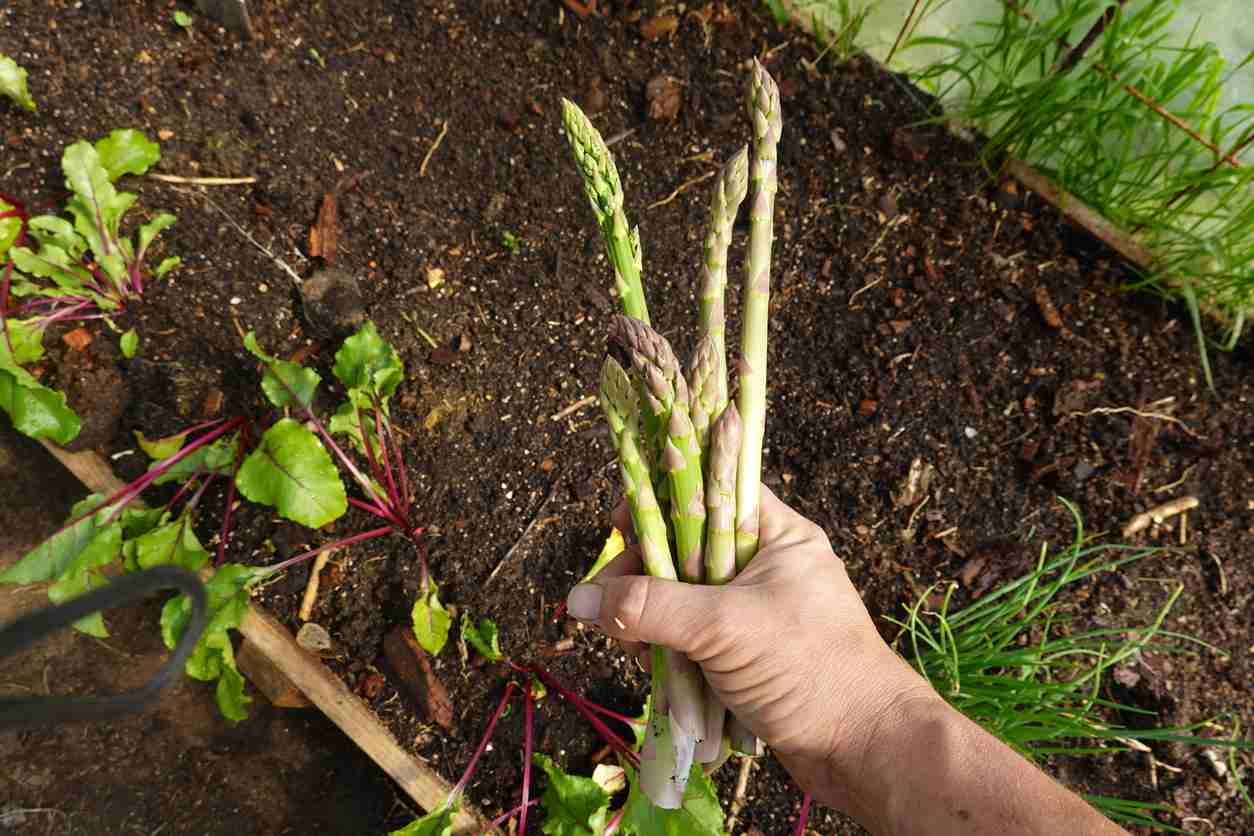

The asparagus harvest can take place during the month of May provided that you have created your mounds well upstream. You should know that it is only possible to harvest asparagus in the 3rd or 4th year. Beforehand, you risk compromising their development. If you decide to harvest them in the third year, you must be satisfied with 1 or 2 shoots per plant. From the fourth year, you will be able to harvest normally.
Spinach
If you sow staggered and choose varieties adapted to the season, you will be able to harvest spinach almost all year round, knowing that you can do so about 6 weeks after sowing it.
Leek
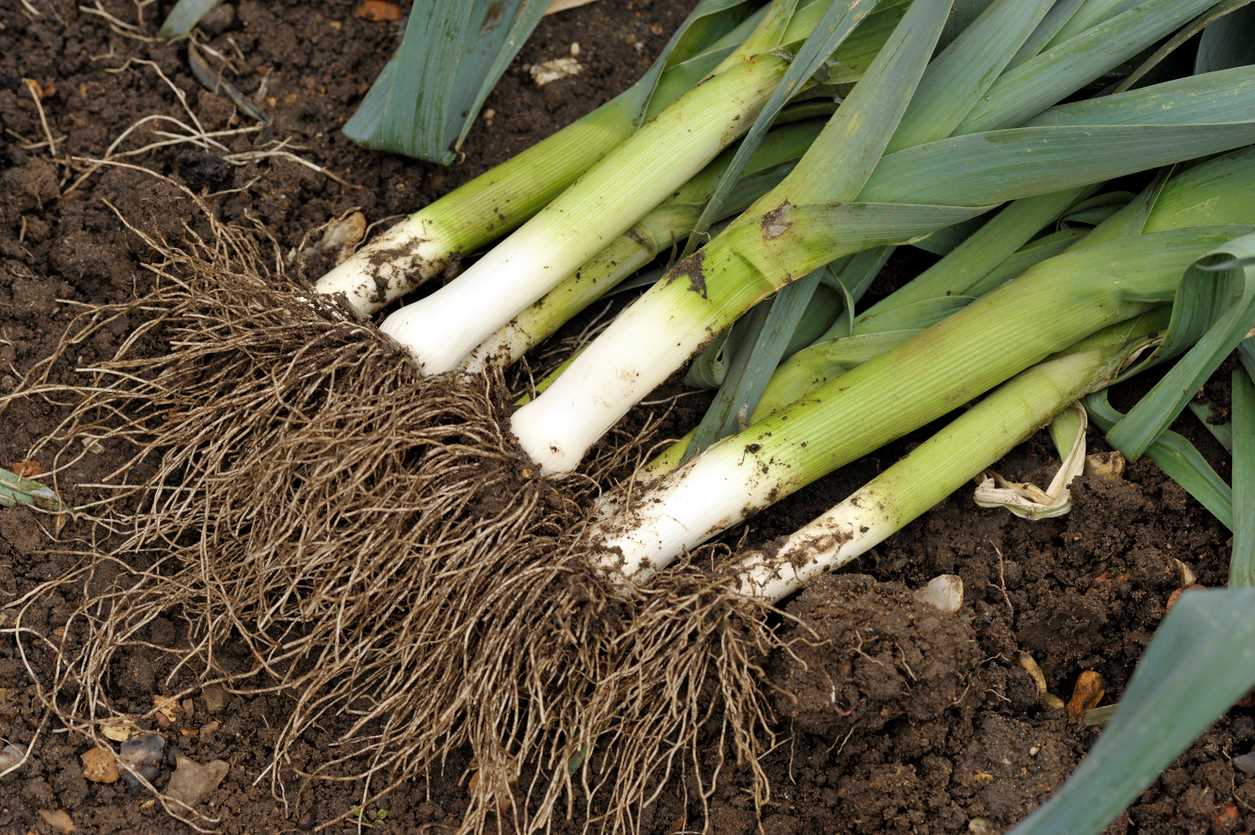

Like spinach, leeks can be grown most of the year. Here again, it is necessary to opt for varieties adapted to the season. For example, for a harvest in May, you must turn to spring varieties of leek, etc. By doing this, you will be able to harvest them as you need them and you will always have some available.
Rocket
If you have sown cultivated arugula (Eruca sativa), you can start growing it. harvest leaves 50 days after sowing, whereas for wild rocket, you will have to wait 150 days before you can do so. For harvesting, choose the morning for consumption the same day. It is, in fact, preferable to pick as you need.
Chicory
Appreciated for its crunch, chicory is popular in salads. It has a taste similar to lettuce, but more bitter. If you want to limit this bitterness, it is recommended to tie the leaves at the top one or two weeks before harvesting them. Thus pressed against each other, they will turn white. Once the leaves are harvested, you can store them in a cool place for just a few days.
Lettuces
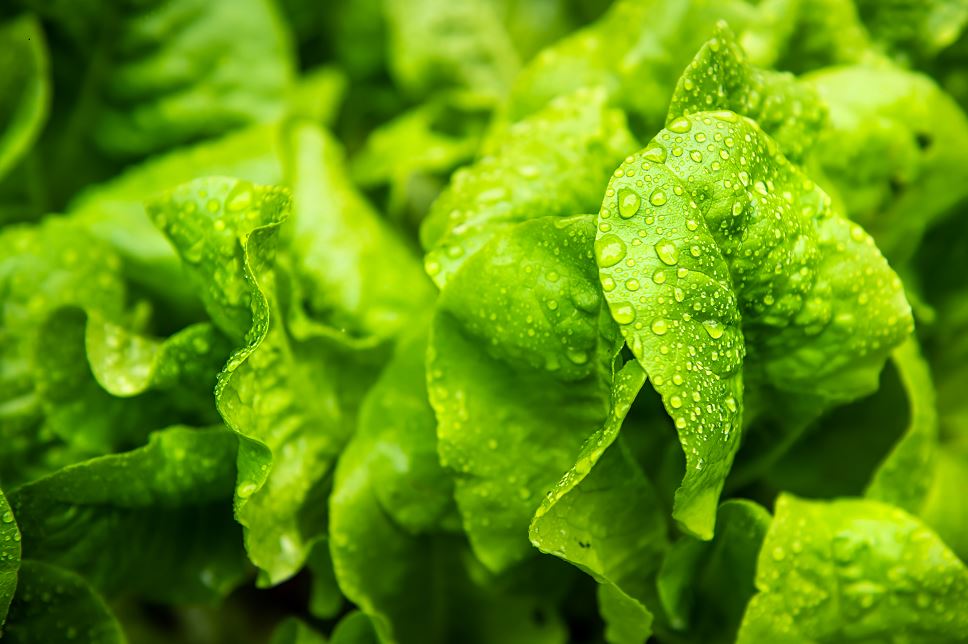

The wide choice of lettuce varieties makes it possible to sow staggered for harvests spread out over time. As with some of the previous vegetables, you should be careful to choose a variety suited to the sowing season. By doing this, you will never run out of lettuce on your plate. When picking lettuce, cut the leaves above the rosette. This harvesting method will allow the lettuce to develop new leaves thanks to which you can enjoy a second harvest on the same plant.
Radish
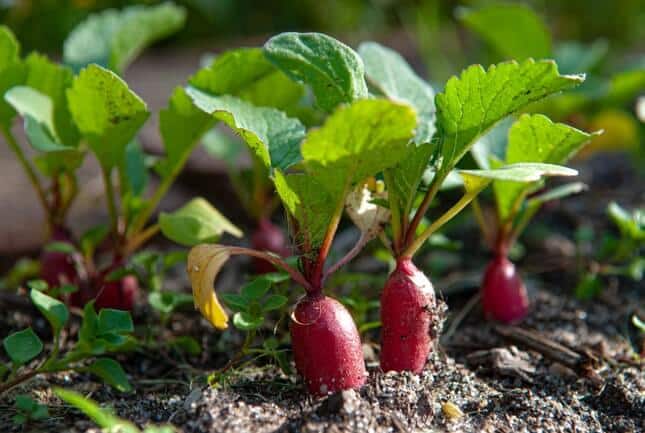

Between February and March, it is possible to sow radishes to force which are small and precocious under a tunnel or under a frame. You can then harvest them a month later. Likewise, radishes of all months can be sown from March to be harvested 4 weeks later.
For tasty radishes, be careful not to wait too long and harvest them as soon as their collar becomes visible.
Parsley
From May onwards, it is possible to pick parsley as you need it, but you must still let it develop to benefit from a more abundant harvest during the summer. It can then be frozen or left to dry for conservation.
Chive


The harvest of chives leaves is done from May until November before the flowers appear. Here again, just harvest it as you need it. As for conservation, you can freeze or dry the harvested leaves.
Peas
For varieties sown in autumn, it is possible to carry out the first harvests from April to May. Generally, you can bet on a harvest approximately 3 to 4 months after sowing. If you have opted for ‘mangetout’ varieties, it is important to harvest before the grains have fully developed; for other varieties, you must wait until the grains are clearly visible in the pod.
The harvest is a little delicate and, to collect them at the right time, you should not hesitate to taste them regularly.
Bean
From May to July, you can enjoy the bean harvest. The benchmark for knowing when to harvest the beans is their color: they should be a uniform green. Furthermore, the pod must be firm and crunchy. For a more delicate flavor and tender pods, it is best to pick the beans immediately. You can then keep them cool, in the freezer or dry them.
Carrot


You can enjoy carrots most of the year by choosing varieties suited to each season. So, to benefit from tender carrots in April and May, you can sow early carrots.
Cauliflower
If you have planted late varieties of cauliflower, such as ‘Tardif d’Angers’, you will be able to enjoy a harvest in May. The heads should be picked when they are compact and large.
Headed cabbage
Among the different varieties of headed cabbage, there are some very early ones which can be harvested between April and June.
Turnip
Likewise, many varieties of turnip allow you to benefit from staggered harvests from May until September. Turnips can usually be harvested 2 months after sowing. Once you have dug your turnips out of the ground, cut the leaves a little above the collar, then store your vegetables in a cool place. For longer storage, you can install them in a cool, dark place, ideally between two layers of sand.
Fennel
It is possible to harvest fennel as you need it from May until the first frost. When the bulbs are well swollen, it is time to cut them with pruning shears or a spade. You can then keep them cool. The foliage can be eaten fresh or once dried.
Onion


The harvest of white onions is done from April until June. Onions should be harvested when the foliage is yellow and dry.

